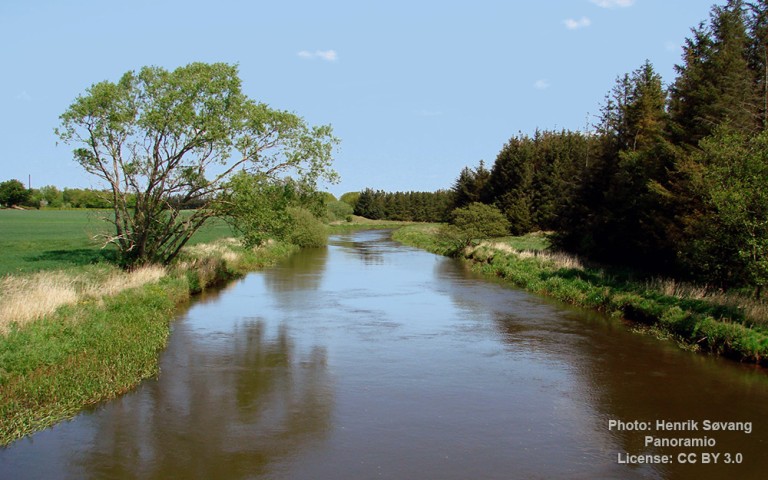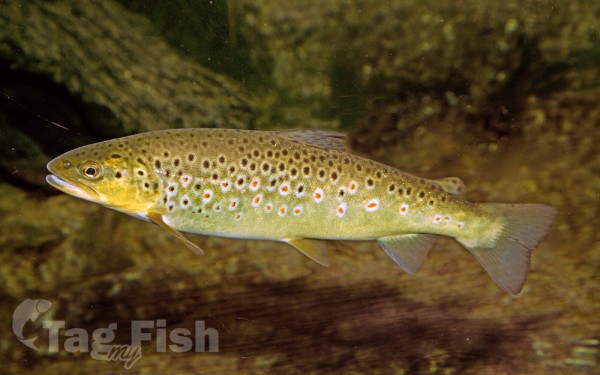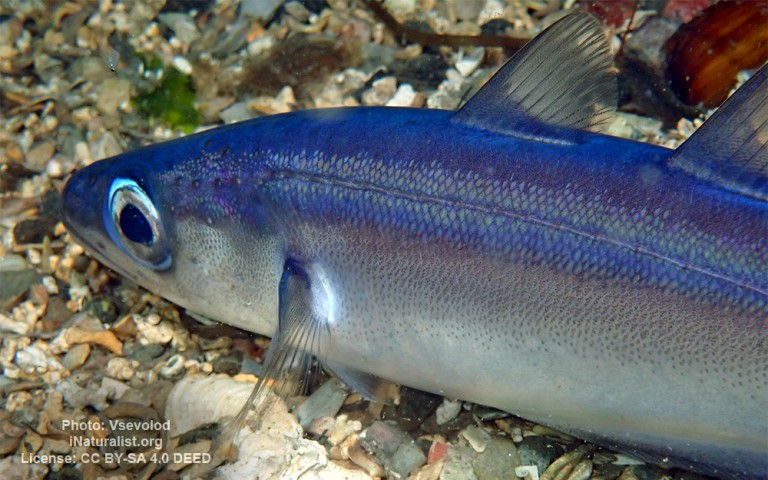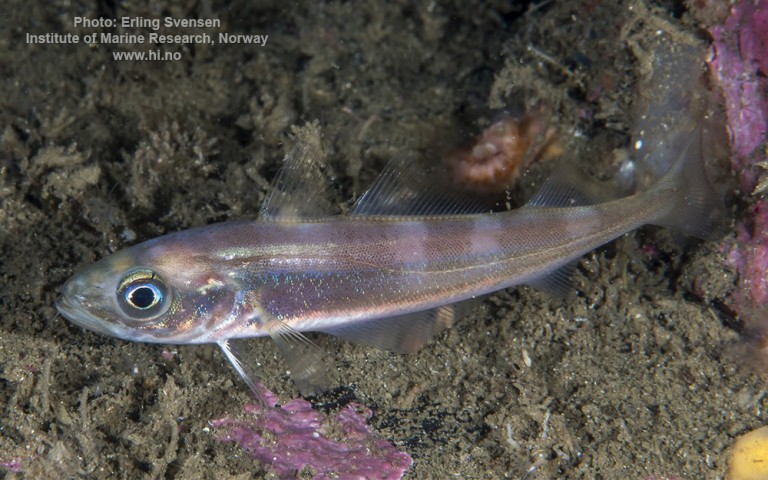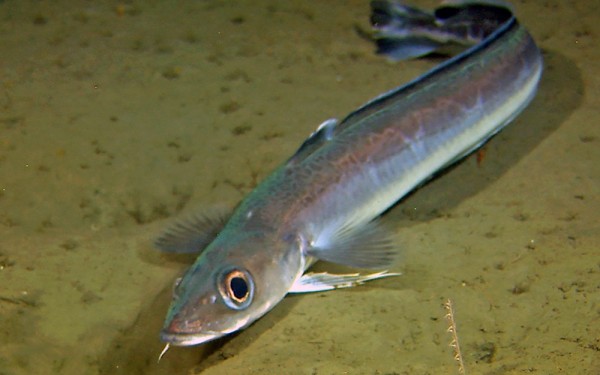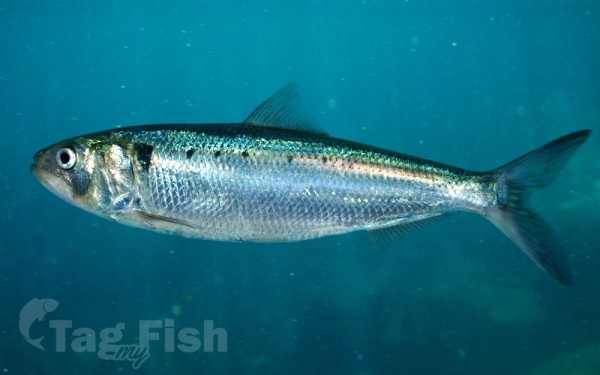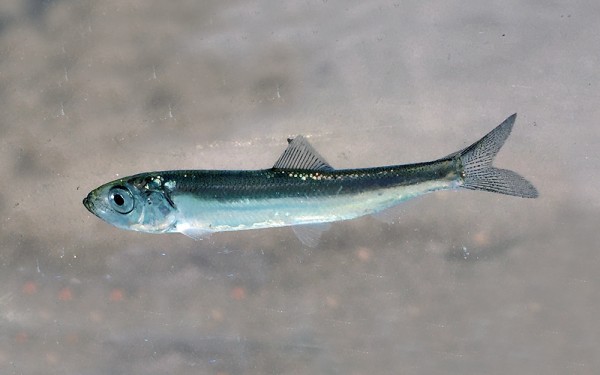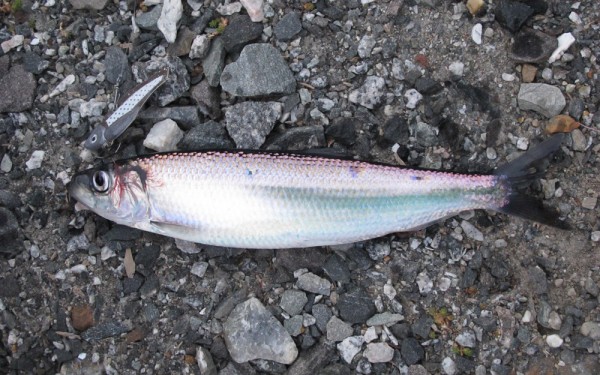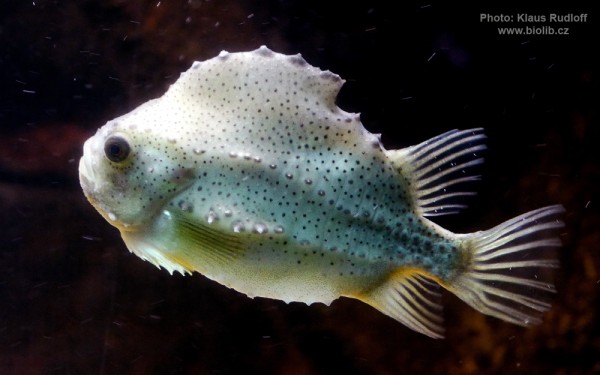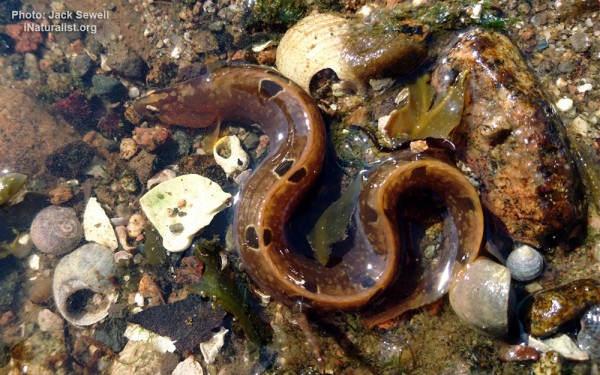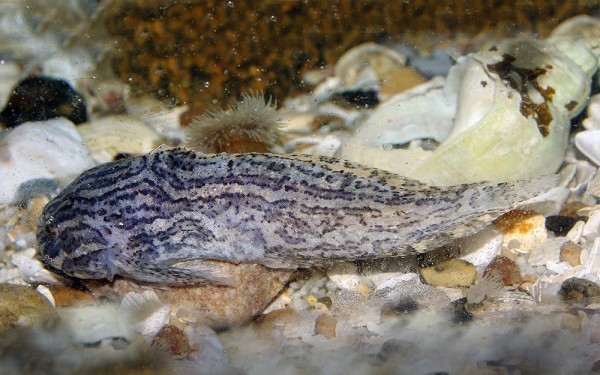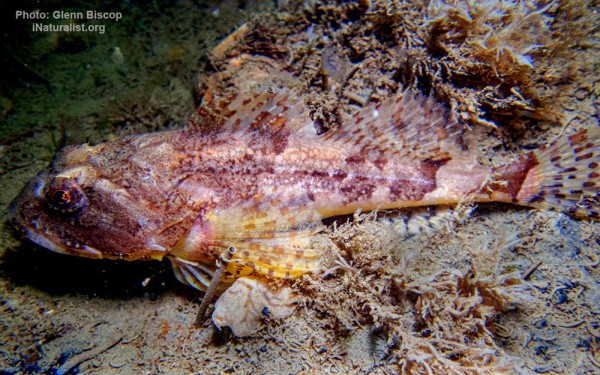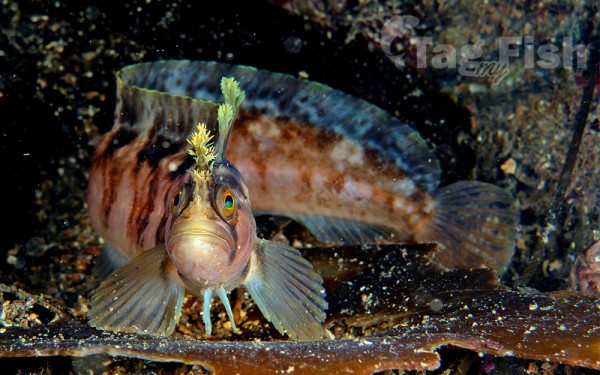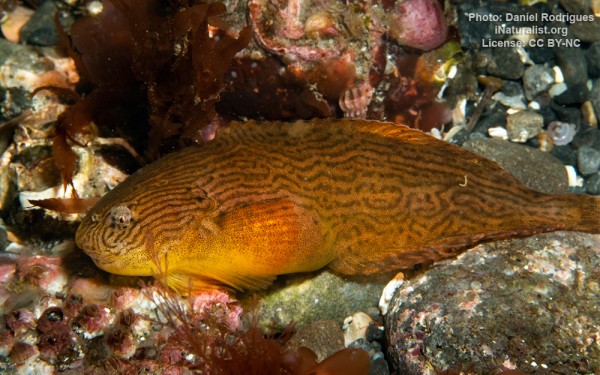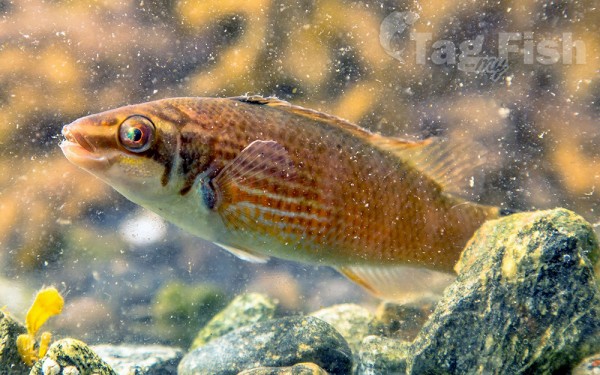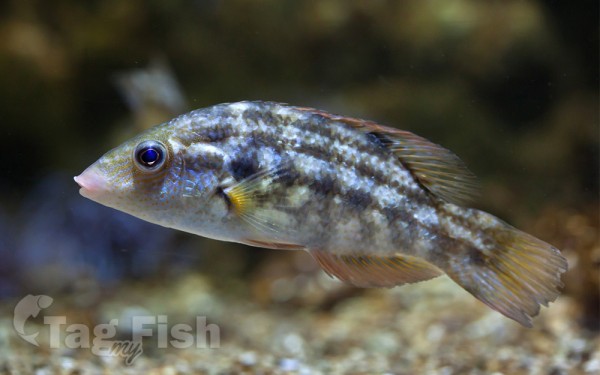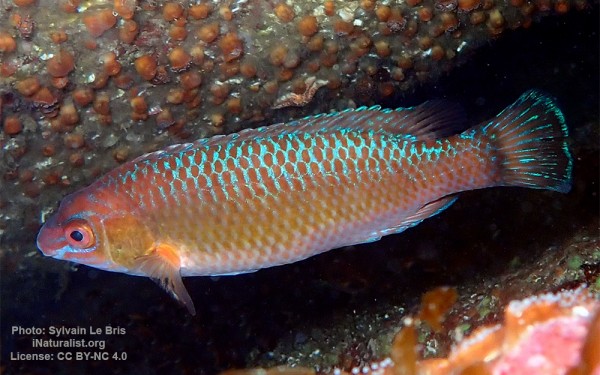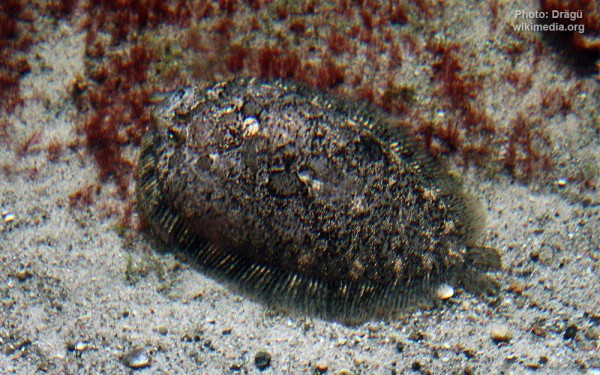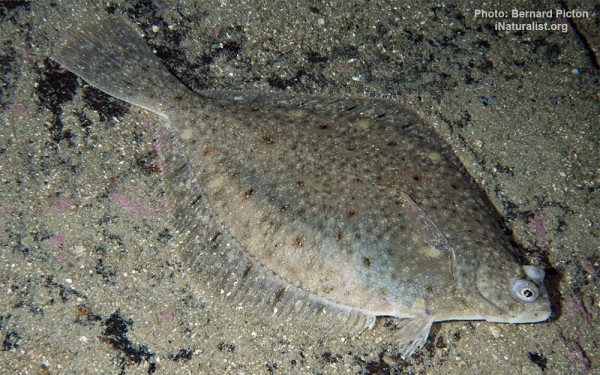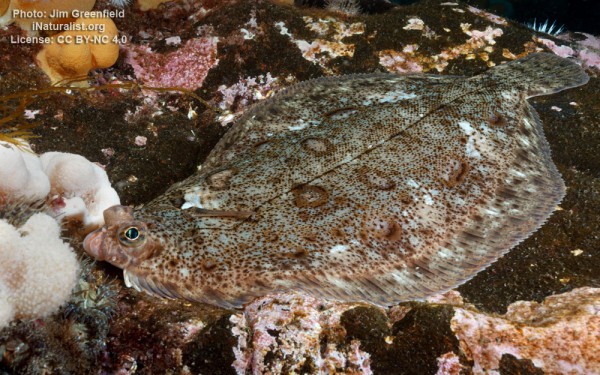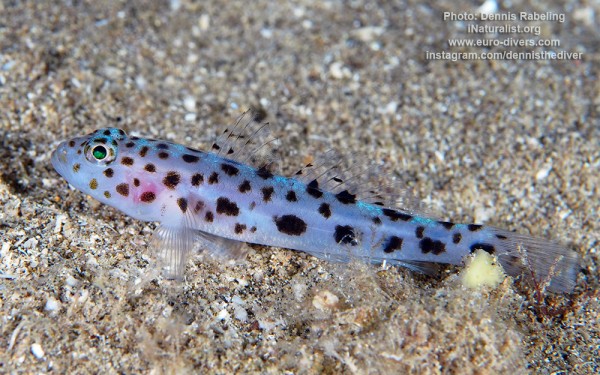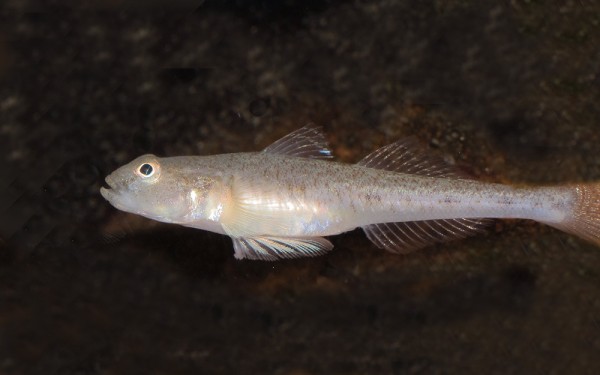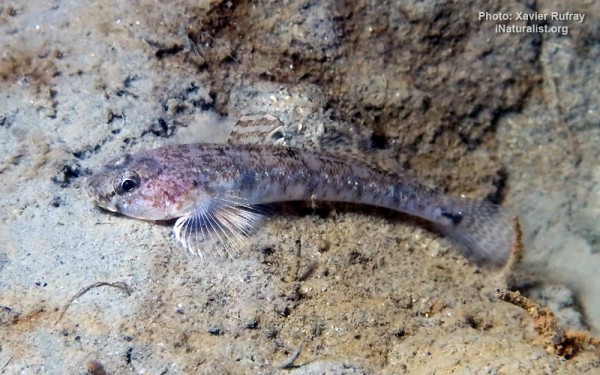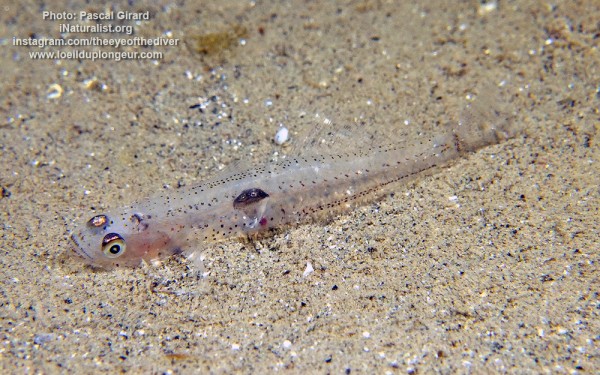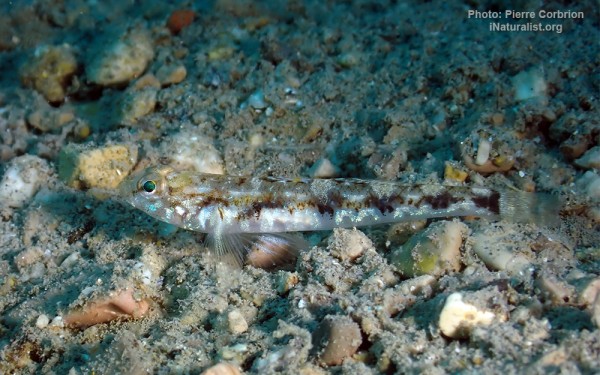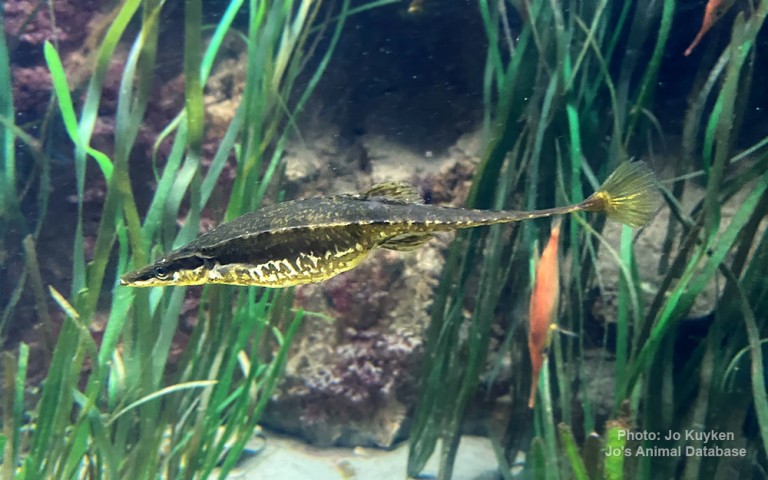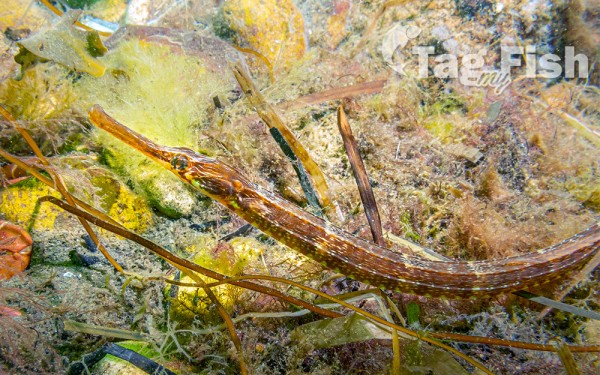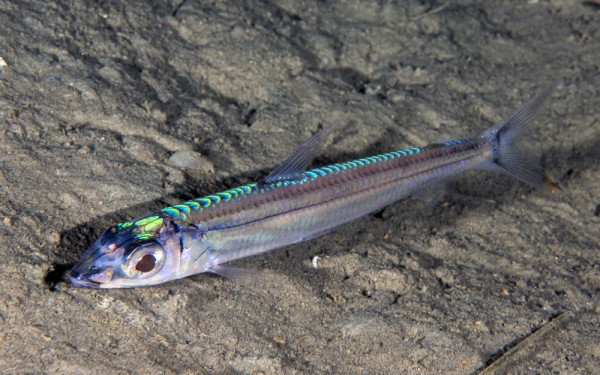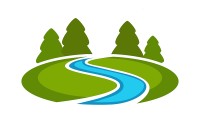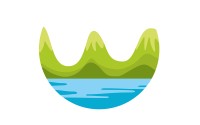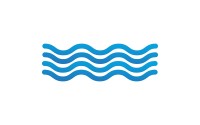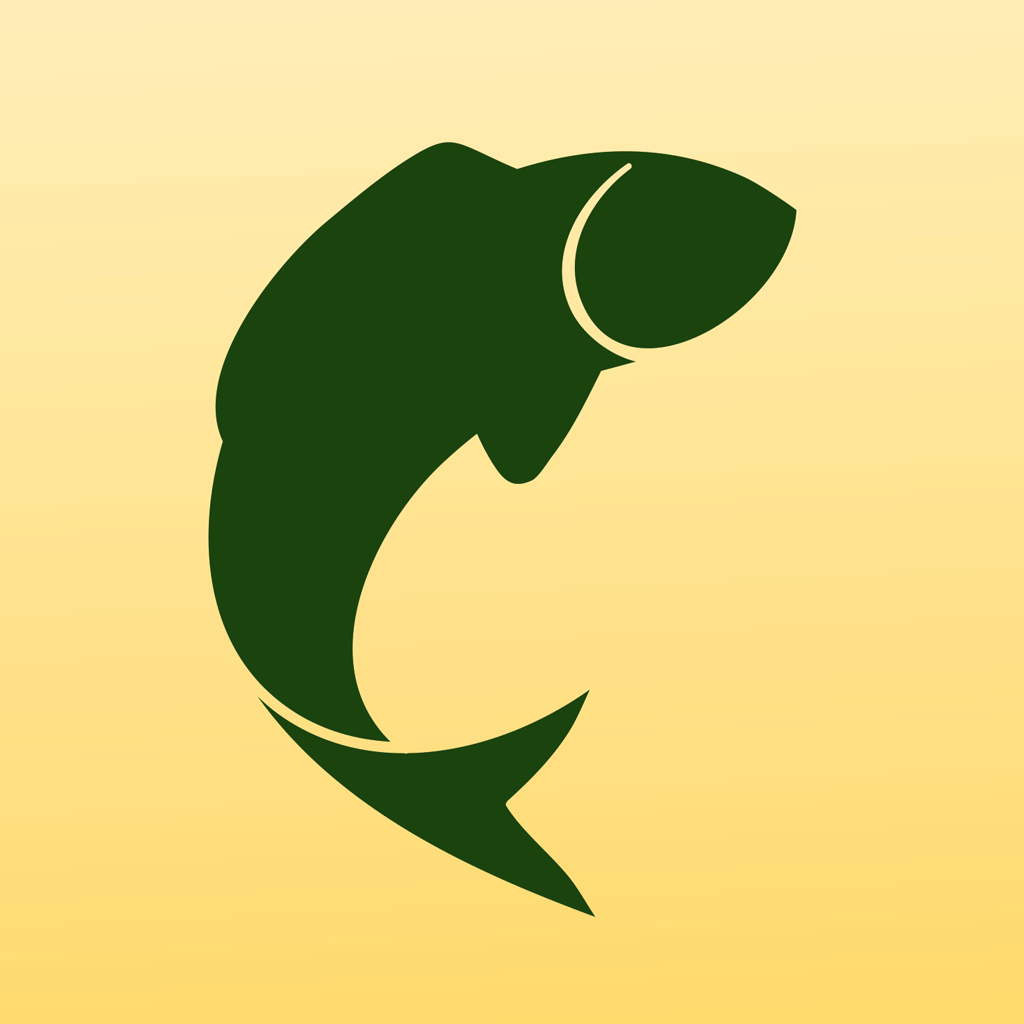Ringkobing Fjord
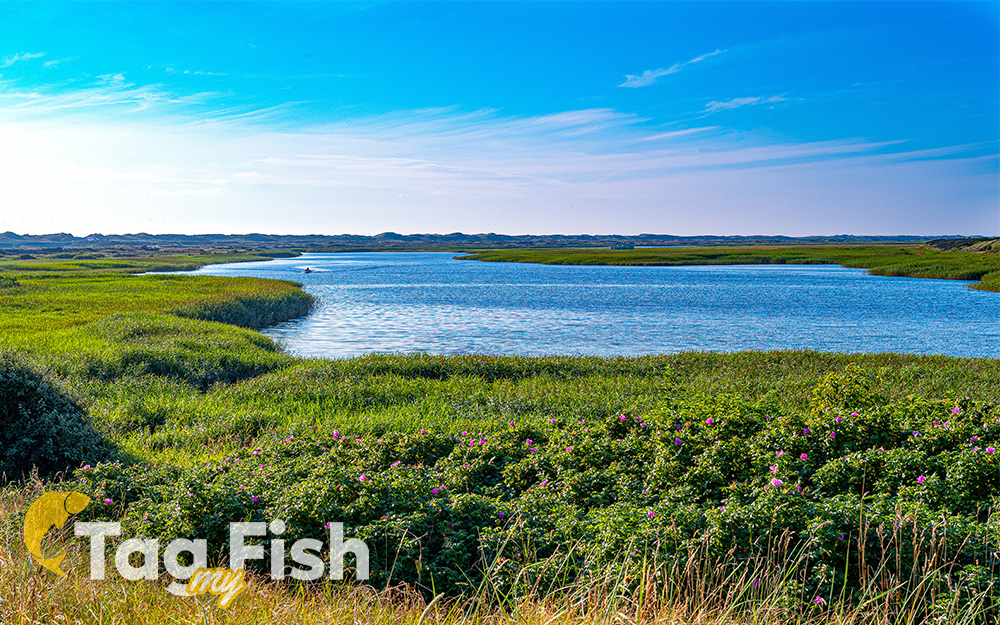
Water type: Bay
Connection to the ocean: North Sea -> Atlantic Ocean
Continent:
Europe
Climate:
Temperate
Country:
Denmark
Largest tributaries
Salmoniformes - Salmons and Trouts
Gadiformes - Cods
Clupeiformes - Herrings
Scorpaeniformes - Mail-cheeked fishes
Labriformes - Wrasses
Pleuronectiformes - Flatfishes
Gobiiformes - Gobies
Gasterosteiformes - Sticklebacks
Syngnathiformes - Pipefishes and Seahorses
Argentiniformes - Marine smelts
Rajiformes - Skates and rays
Salmoniformes - Salmons and Trouts
Gadiformes - Cods
Clupeiformes - Herrings
Scorpaeniformes - Mail-cheeked fishes
Labriformes - Wrasses
Pleuronectiformes - Flatfishes
Gobiiformes - Gobies
Gasterosteiformes - Sticklebacks
Syngnathiformes - Pipefishes and Seahorses
Argentiniformes - Marine smelts
Rajiformes - Skates and rays
Ringkøbing Fjord, despite its name, is in fact a shallow lagoon on the west coast of Jutland.
Skjern River terminates in Ringkøbing Fjord with a large river delta system to the east, and the lagoon is shielded from the North Sea by a long isthmus named Holmsland Dunes to the west. On the Hvide Sande Canal in the middle of the isthmus, there is a floodgate that provides access to the sea to the west. The fjord is about 30 kilometers long and 2 to 3 meters deep with an area of almost 300 square kilometers. In the southwestern corner is the Tipperne peninsula, where there is a bird reservation. The town of Ringkøbing lies to the north-east. Ringkøbing Fjord was once affected by oxygen depletion, but today both plant and fish life abounds.
